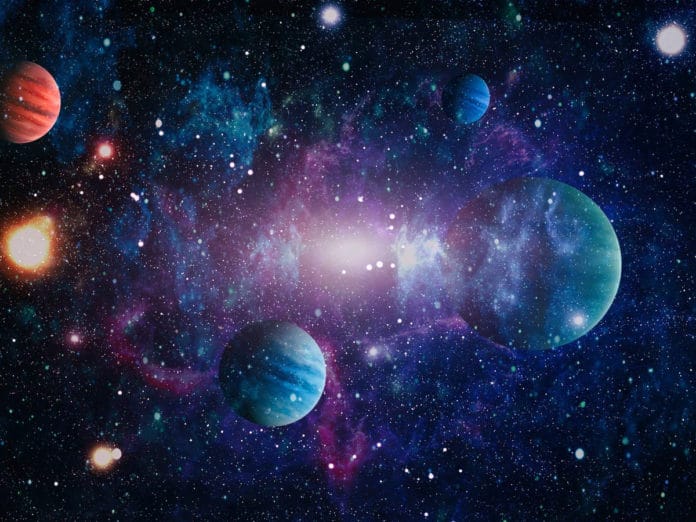A team of scientists led by Washington State University scientist Dirk Schulze-Makuch has identified two dozen planets outside our solar system that have characteristics of potential “superhabitable” planets, including those older little larger, slightly warmer, and possibly wetter than Earth. This discovery indicates that Life could easily thrive on planets that circle more gradually changing stars with longer lifespans than our sun.
These superhabitable planets are located more than 100 light-years away.
Schulze-Makuch, a professor with WSU and the Technical University in Berlin, said, “The study could help focus future observation efforts, such as from NASA’s James Web Space Telescope, the LUVIOR space observatory, and the European Space Agency’s PLATO space telescope.”
“With the next space telescopes coming up, we will get more information, so it is important to select some targets. We have to focus on certain planets that have the most favorable conditions for complex Life. However, we have to be careful not to get stuck looking for a second Earth because there could be planets that might be more suitable for Life than ours.”
For this study, scientists collaborated with astronomers Rene Heller of the Max Planck Institute for Solar System Research and Edward Guinan of Villanova University. They aimed to determine superhabitability criteria and search among the 4,500 known exoplanets beyond our solar system.
Scientists mainly selected planet-star systems that are possibly terrestrial planets orbiting within the host star’s liquid water habitable zone from the Kepler Object of Interest Exoplanet Archive of transiting exoplanets.
Many similar stars to our sun, called G stars, might run out of fuel before complicated Life can develop.
While observing systems with cooler G stars, scientists also observed systems with K dwarf stars. These systems are somewhat cooler, less massive, and less luminous than our sun. They also have long lifespans of 20 billion to 70 billion years, allowing orbiting planets to be older and giving Life more time to advance to the complexity currently found on Earth.
However, to be habitable, planets should not be so old that they have exhausted their geothermal heat and lack protective geomagnetic fields. Size and mass also matter. A planet that is 10% larger than the Earth should have more habitable land. One that is about 1.5 times Earth’s mass would be expected to retain its interior heating through radioactive decay longer and would also have a stronger gravity to retain an atmosphere over a longer time period.
Water is key to Life, and the authors argue that a little more of it would help, especially in moisture, clouds, and humidity. A slightly overall warmer temperature, a mean surface temperature of about 5 degrees Celsius (or about 8 degrees Fahrenheit) greater than Earth, together with the additional moisture, would also be better for Life.
None of the 24 top planet candidates meet all the criteria for super habitable planets, but one has four critical characteristics.
Schulze-Makuch said, “It’s sometimes difficult to convey this principle of superhabitable planets because we think we have the best planet. We have many complex and diverse lifeforms and many that can survive in extreme environments. It is good to have adaptable Life, but that doesn’t mean that we have the best of everything.”
Journal Reference:
- Dirk Schulze-Makuch et al. In Search for a Planet Better than Earth: Top Contenders for a Superhabitable World. DOI: 10.1089/ast.2019.2161
